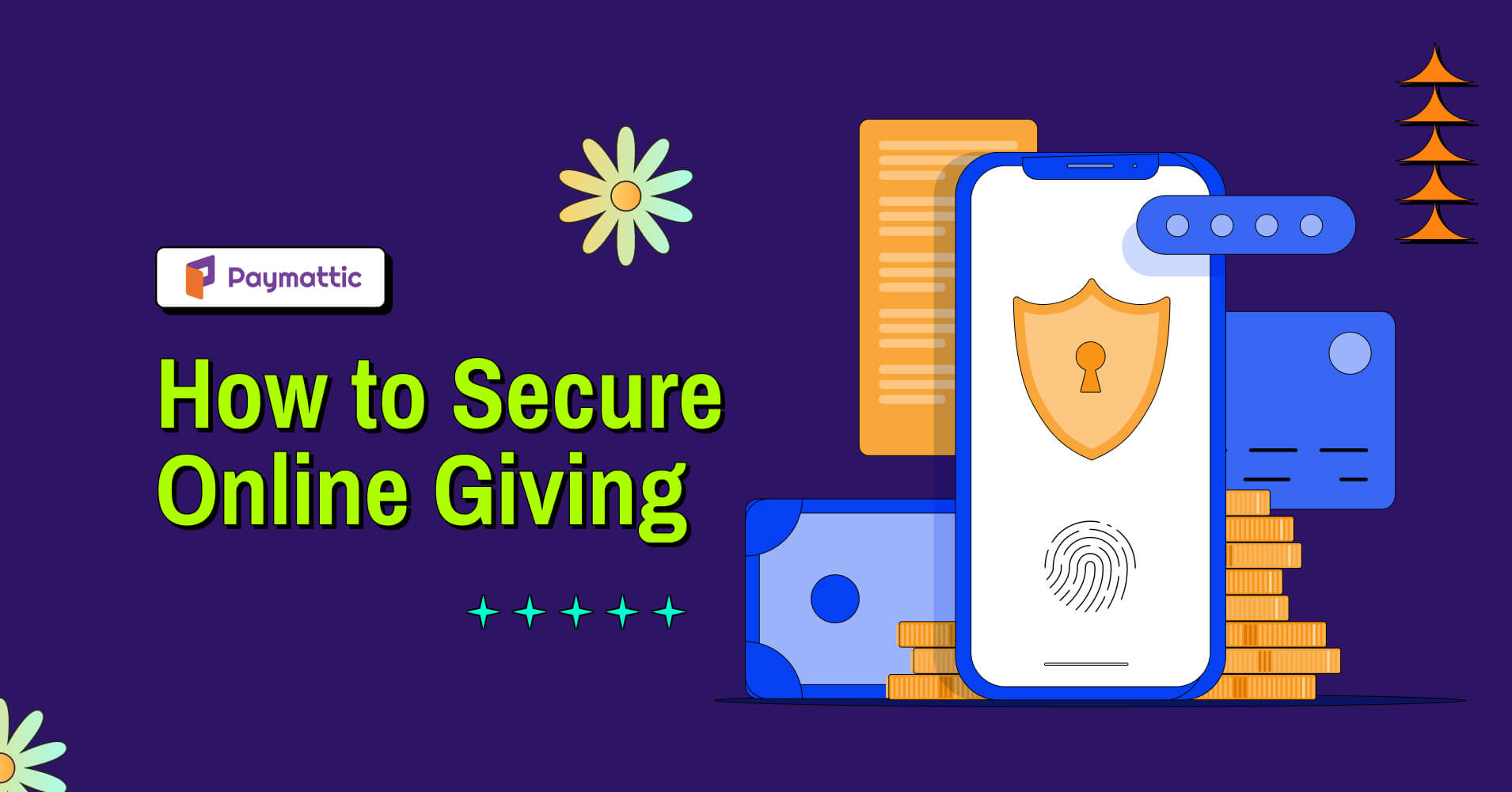
How to Secure Online Giving – Protect Your Donations
Table of Content
Download Paymattic – it’s Free!

Subscribe To Get
WordPress Guides, Tips, and Tutorials
We will never spam you. We will only send you product updates and tips.
Have you ever thought of being exposed to a cybercriminal and ending up losing everything you’ve collected?
According to the 2023 IBM report, more than 90% of organizations admitted to experiencing more than one data breach. Additionally, nearly half of them lost sensitive data due to an internal or external security threat.
Enterprises spend thousands to millions of dollars to recover from the situation. Besides finances, the most important thing that you may lose is credibility with your contributors.
Gaining the trust and confidence of a donor is the top priority of a nonprofit. The best way to do this is to let them know that their privacy and security are not something compromisable.
Nothing could be worse than losing a regular supporter due to a data breach.
So in this article, we’ll discuss the steps you can take to secure online giving and protect your donations from cybercriminals.
Risks that your donors may face while giving online
Everything you do online, there is always a risk. And if it is related to payment or donations, it’s become more severe. Because trust is something that is directly linked with your fundraising impact.
So, you should do everything to keep that faith alive and encourage your donors to donate safely.
Have a look at some risks of online donation your donor may face.

Security breaches
If your donation platform or website lacks proper security measures, your donors’ personal and financial information can be vulnerable to hackers and cybercriminals. As a result, losing the donors is highly possible.
Fraudulent websites
Scammers have the capability to create fake donation websites that closely resemble authentic ones. If donors unknowingly contribute to these deceptive sites, their funds might end up being misappropriated.
Lack of transparency
Your donor wants transparency, and they want valid information about how the funds are being used. This is another way of communicating with them and building trust.
Sometimes, organizations don’t provide clear pictures of it. They might misuse the funds. If you are clear about what you’re doing, contributors would love to join you.
Insecure payment processing
If your online payment processor is not secure and not compliant with the standard security system, there is a high chance of getting intercepted by a third party.
Therefore, the credit card information of your donor will be in danger.
Data privacy
This is particularly relevant for non-profit organizations, charities, and fundraising campaigns where personal information is often collected to facilitate communication with donors, provide receipts, and sometimes for marketing purposes.
But this information can’t be used without their explicit consent. Using information without consent is a serious data violation issue.
Steps to secure online donation
To prevent these kinds of risks, a nonprofit organization should always come up with some effective steps to secure online giving.
Here are some of the best ways to safely accept donations on your website and protect data from getting leaked.
Only collect vital information
One of the easiest ways to secure online donations is to keep data collection to a bare minimum. You don’t need to collect everything about a donor. While accepting funds, you might need their email but not their marital status.
In order to assist marketing and donor retention rates, many nonprofit organizations like to collect unlimited personal data of their donors. They think the more data they have the better it is.
However, by doing this, they’re actually becoming an appetizing target of hackers. Because scammers always target those who can deliver them what they want. If you don’t have enough, you’re not in danger of losing it.
No need to store unnecessary records to put yourself at an additional risk of a data breach.
You should not save any credit card CCV2 or CVC number, full number, or expiration date, even for temporary use. By doing so, you’re directly violating the PCI regulations.
Aside from cybercriminals, storing this kind of sensitive data may cost you a heavy fine.
Hence, to secure online giving, collecting a minimal amount of data makes it more convenient for donors to donate safely, and reduces the risk of data leaks.
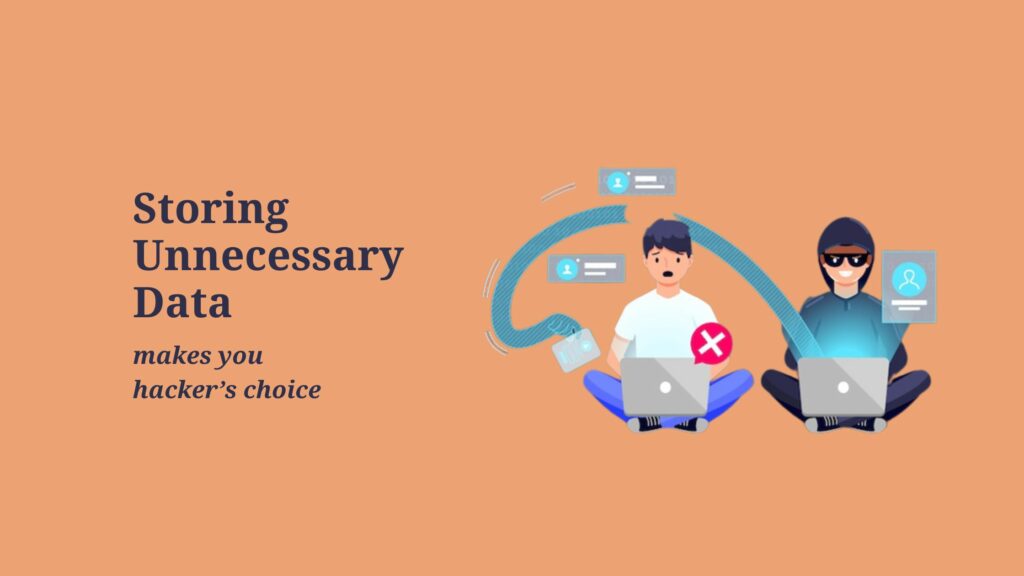
Use the latest payment gateway API
For a nonprofit organization, one of the top priorities should be choosing a payment processor to securely accept donations. It’s equally important for you and your donors.
Before selecting the payment method, make sure it’s compliant with the latest PCI DSS version. These standards were established to safeguard cardholder information and limit the occurrence of credit card fraudulent activity for both individuals and organizations.
Nobody will donate to you if the payment gateway is not popular with them. People often give donations with PayPal, Stripe, or Square without having a second thought about security.
Because they are well aware of the fact that these payment gateways are most popular, safe, and always match the updated PCI DSS standard.
“We the people want our money safer than our selfies”
-PayPal
So, whether it’s for WooCommerce or nonprofit organizations, always try to provide the best payment solution that keeps up to date with all required standards and regulations.
Subscribe Newsletter
Subscribe to our newsletter for updates, exclusive offers, and news you won’t miss!
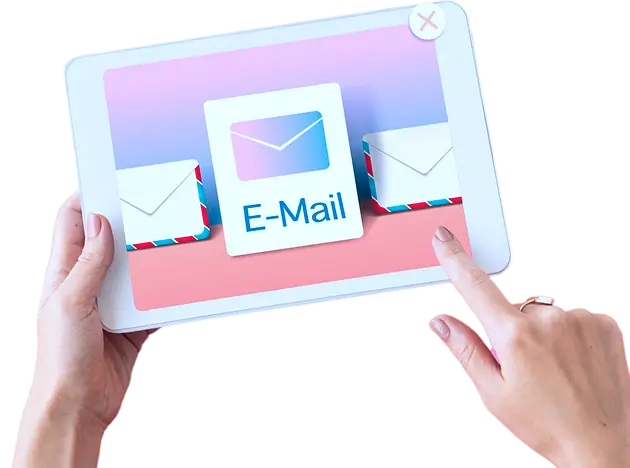
Keep the website code up-to-date
One of the easiest and most effective ways to secure your website is to keep the site code up-to-date. It might sound obvious, but you would be amazed to know how a simple update can fix security holes.
Developers often release updates with the launch of new features. But also for fixing security issues, updates should be done at regular intervals. If you’re on WordPress, you may be using many third-party themes or plugins that are often out of date.
Numerous mainstream hacks and security breaches are often linked to websites that are running outdated versions of their core software or additional plugins. So always try to use the updated version of a plugin on your website to protect against hackers.
Encrypt the donor data
It’s a must for any website owner to encrypt sensitive data with an SSL certificate. Not only are the pages designed to receive donations, but make sure your entire website is protected by an SSL.
Whenever a donor tends to donate and finds that your website is starting with HTTPS, not HTTP, they’ll be more likely to donate. There’ll be a lock icon to indicate that your data is safely encrypted.
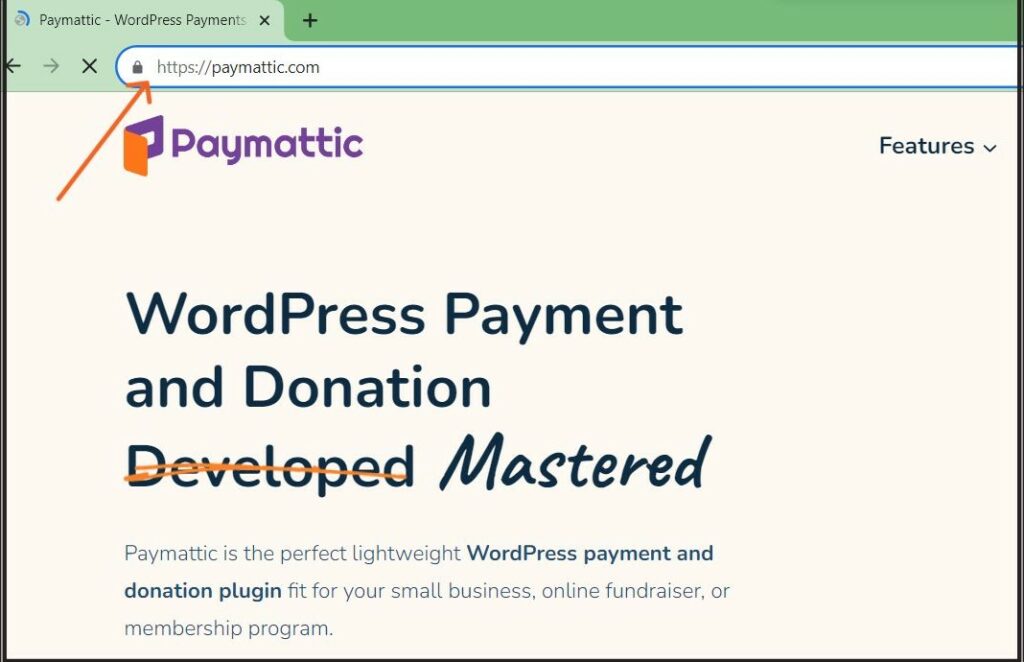
It’s used to secure online transactions and keep donors’ information private and confidential.
Though SSL is largely secure, it has some vulnerabilities in its older versions. So make sure you’re using its updated version, which is TLS (Transport Security Layer).
It’s important to secure online donations utilizing these cost-effective certificates and prevent hackers from listening to confidential communications between the web browser (donors) and the server (your organization).
Wrapping up
It doesn’t matter if you’re a fundraiser or a donor; security is always a big concern. To secure online giving and protect your donations, you must focus on minimal data collection, opt for a reputable and up-to-date payment gateway, and ensure website security through regular updates and robust encryption.
By doing so, you not only shield your donors from potential harm but also reinforce their confidence in your mission.
If you gain trust and confidence, your organization will work as a brand, and donors will feel safe making contributions.
Join the thousands already enjoying Paymattic Pro!





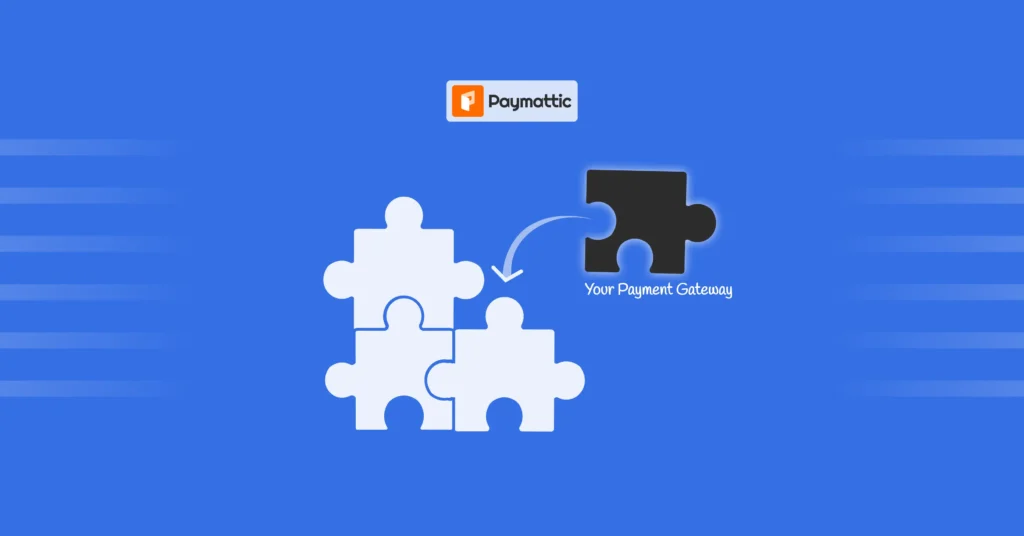
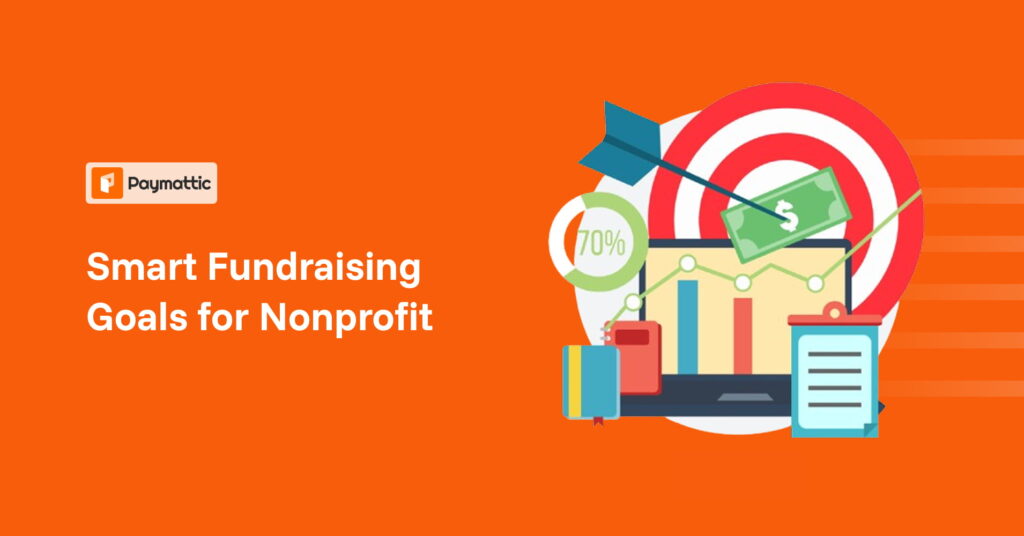

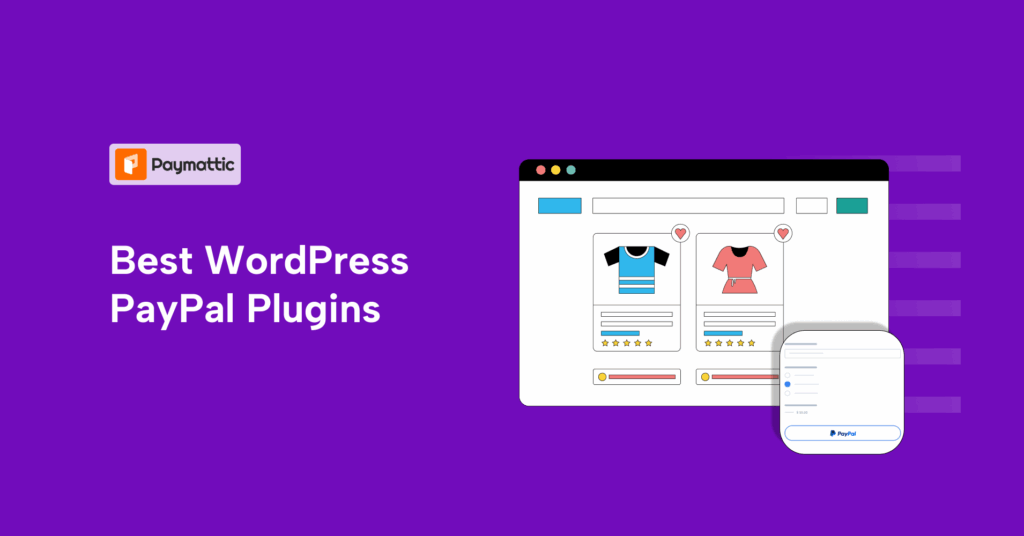

Leave a Reply